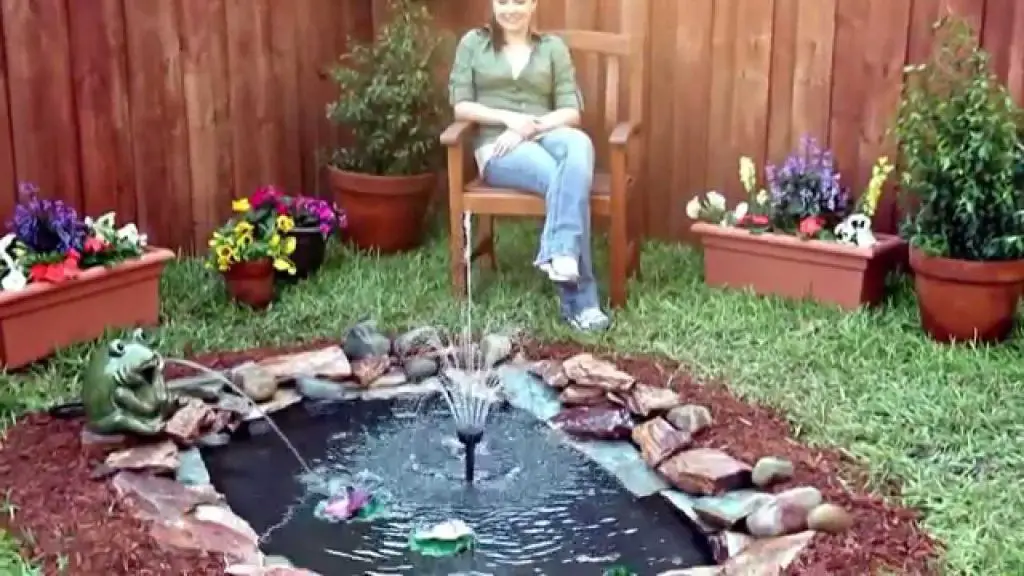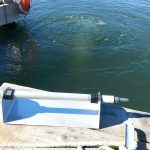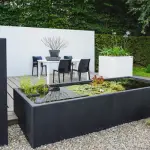How to Build a Simple Pond
Building a pond in your backyard can be a wonderful addition to your outdoor space. Not only does it add a touch of natural beauty, but it also creates a serene atmosphere that can attract wildlife and provide a peaceful place for relaxation. If you’ve been considering adding a pond to your property, but feel overwhelmed by the prospect, fear not! With the right guidance, building a simple pond can be a rewarding and enjoyable project. In this article, we’ll walk you through the step-by-step process of building a simple pond, from planning and design to maintenance and enjoyment.
1. Planning and Design
Before you start digging, it’s important to carefully plan and design your pond. Consider the size and location of your pond, as well as the type of aquatic plants and fish you’d like to include. Take into account the amount of sunlight the area receives, as this will impact the types of plants that can thrive in your pond. Additionally, think about the overall aesthetic you want to achieve, whether it’s a natural, wild look or a more formal and structured design.
2. Choosing the Right Location
Selecting the right location for your pond is crucial. Ideally, you’ll want to place it in an area that receives a good balance of sunlight and shade throughout the day. This will help promote healthy plant growth and prevent the water from overheating. Additionally, be mindful of any nearby trees whose roots could potentially disrupt the pond’s structure. Once you’ve chosen a location, mark the perimeter of your pond using spray paint or a garden hose to outline the shape and size.
3. Digging the Pond
Now comes the physical labor – digging the pond! The size and shape of your pond will determine the amount of digging required. Use a shovel or, for larger projects, consider renting a small excavator to speed up the process. When digging, be sure to create shelves or varying depths to accommodate different types of aquatic plants and provide shelter for fish. Aim for a depth of at least 18 inches in the center to ensure the pond is deep enough to support a healthy ecosystem.
4. Installing the Liner
Once the hole is dug, it’s time to install the pond liner. There are various options for pond liners, including PVC, rubber, and preformed plastic liners. Select a liner that fits the shape and size of your pond, and be sure to leave some excess material around the edges to allow for settling and adjustments. Smooth out the liner carefully to avoid tears or punctures, and use rocks or bricks to hold it in place temporarily.
5. Adding the Water
With the liner in place, it’s time to fill your pond with water. If possible, use dechlorinated water from a well or rainwater to avoid introducing harmful chemicals to the pond. As the pond fills, adjust the liner to ensure it settles evenly and smoothly. Keep an eye on the water level, as it may take a day or two to reach the desired depth.
6. Adding Plants and Fish
Now that your pond is filled with water, it’s time to add the finishing touches. Start by planting aquatic vegetation around the edges and shelves of the pond. Choose a variety of plants, such as water lilies, lotus, and various submerged and floating plants, to create a diverse and visually appealing underwater landscape. When it comes to adding fish, consider species such as goldfish or koi, which are well-suited to small to medium-sized ponds and can add a lively element to the ecosystem.
7. Maintenance and Care
Once your pond is up and running, it’s important to establish a regular maintenance routine to keep it healthy and thriving. This includes tasks such as removing debris, trimming plants, and monitoring water quality. Invest in a good quality pond skimmer and filter to help keep the water clean and free of algae. Additionally, consider adding a small fountain or waterfall to help aerate the water and add a soothing visual element to your pond.
8. Enjoying Your Pond
With your simple pond complete, it’s time to sit back, relax, and enjoy the fruits of your labor. Whether you’re watching the fish swim lazily through the water, listening to the soothing sounds of a bubbling fountain, or simply taking in the natural beauty of your backyard oasis, a simple pond can provide endless hours of enjoyment and relaxation for you and your family.
In conclusion, building a simple pond is a manageable and rewarding project that can add natural beauty and tranquility to your outdoor space. By carefully planning and designing your pond, choosing the right location, and following the step-by-step process of digging, installing a liner, adding water, and incorporating plants and fish, you can create a thriving ecosystem that will bring joy and serenity to your home for years to come. So roll up your sleeves, gather your tools, and get ready to embark on the fulfilling journey of building your very own simple pond!





